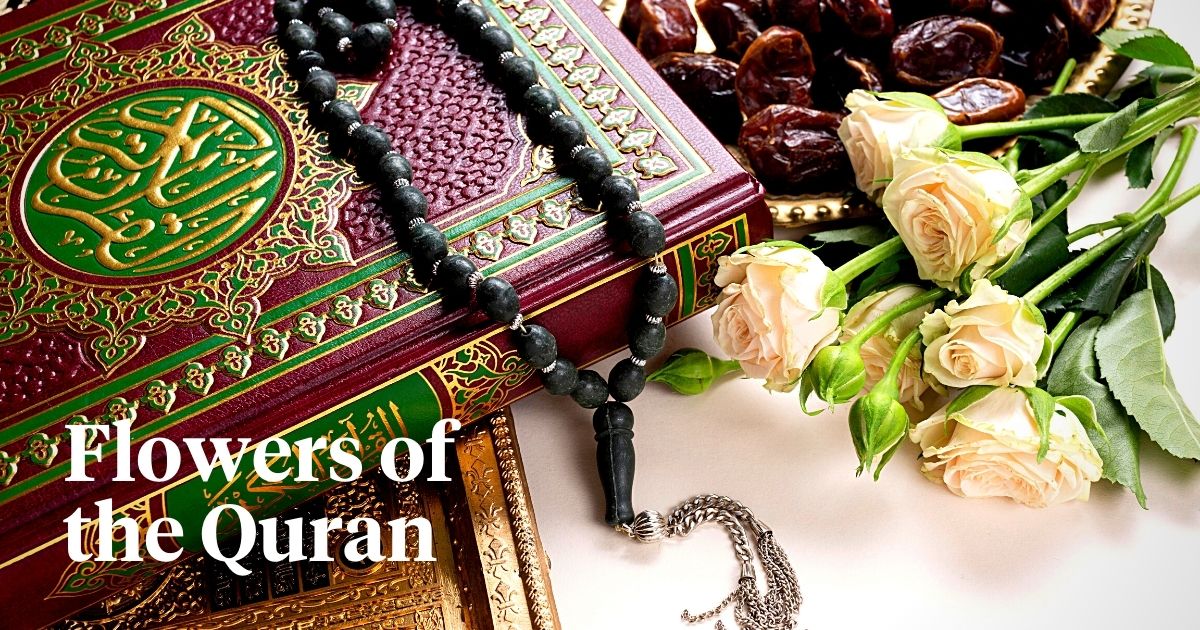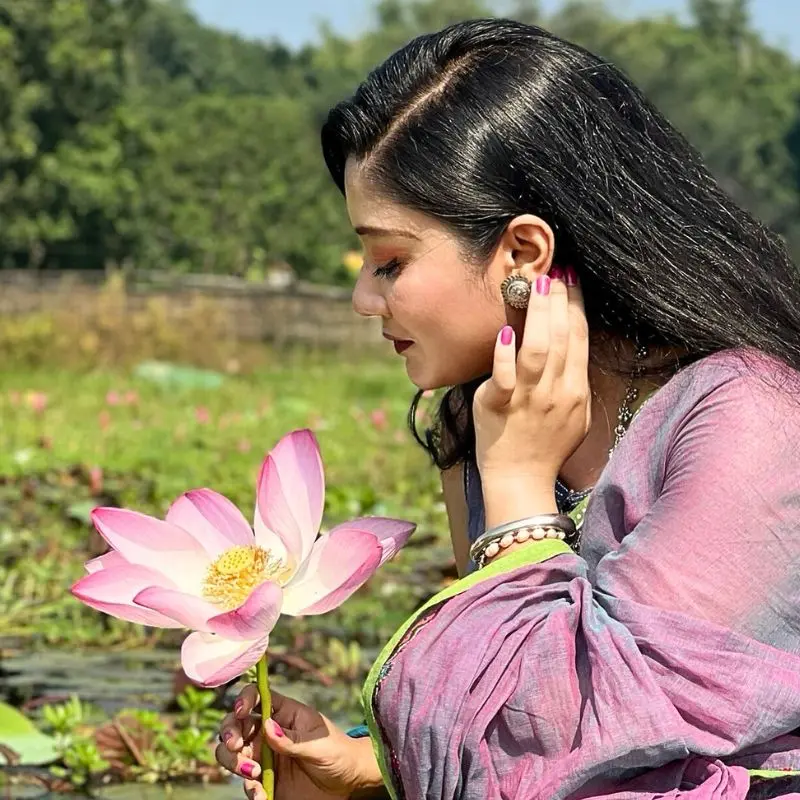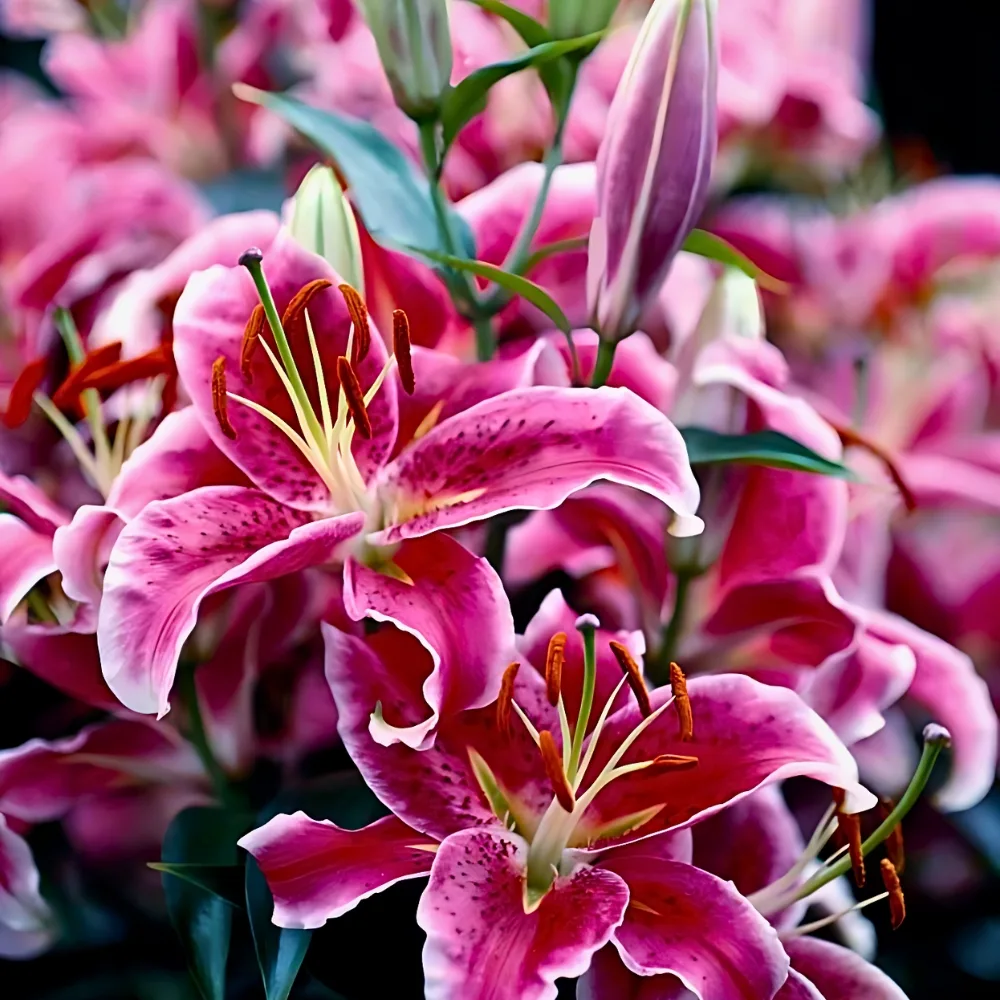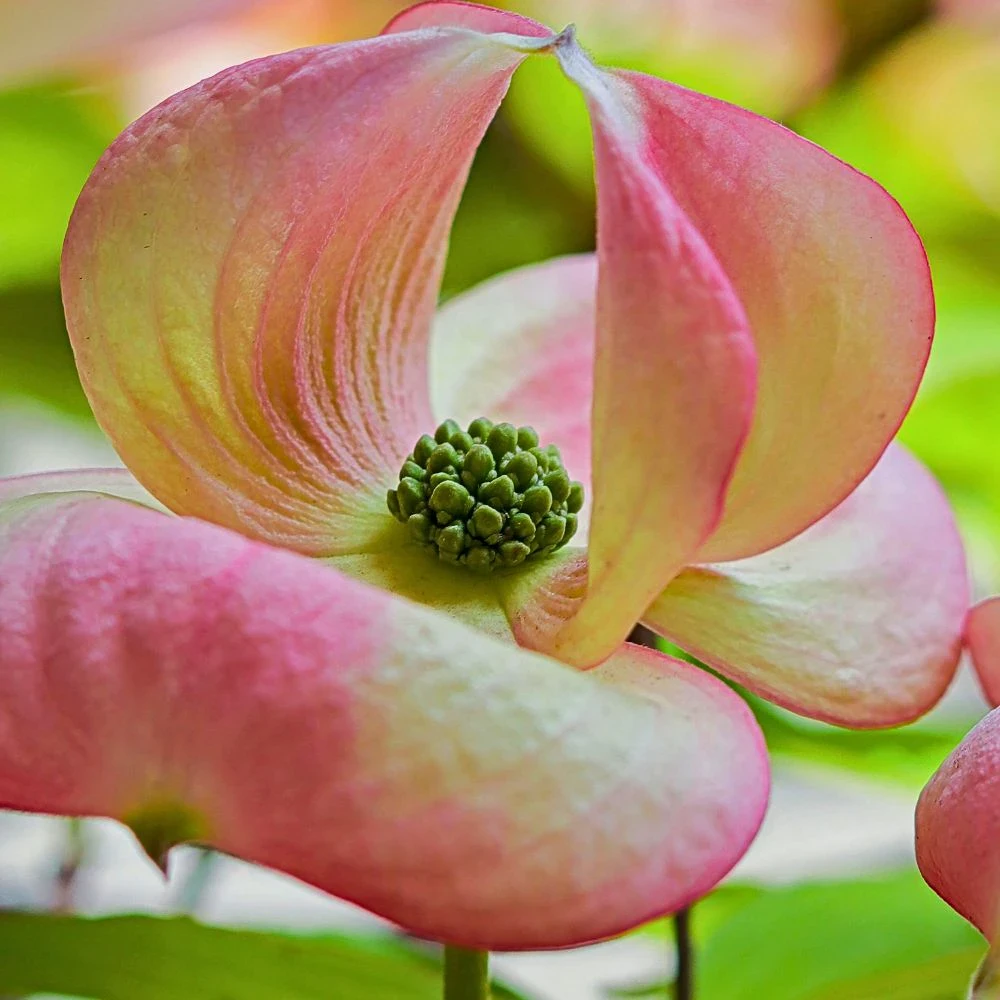Nature has always captivated us with its mesmerizing beauty. And the Holy Book of the Quran, a source of profound wisdom, reflects this admiration for the natural world. Within its poetic verses lie references to various flower varieties, each carrying a symbolic significance that transcends their physical allure.
Since time immemorial, flowers and plants have always had symbolism and meanings ascribed to them. Different flowers, each held different meanings to individuals. And thus in the enchanting verses of the Quran, a captivating world of natural beauty unfolds in the blooms that it mentions.
Flowers, Quran, and Significance: An Enchanting Journey Through Divine Gardens
In the lush gardens of the Quran, an enchanting world of natural beauty awaits us. Among the mesmerizing verses of this Holy Book, one can find references to various flower varieties that hold deep symbolism and significance.
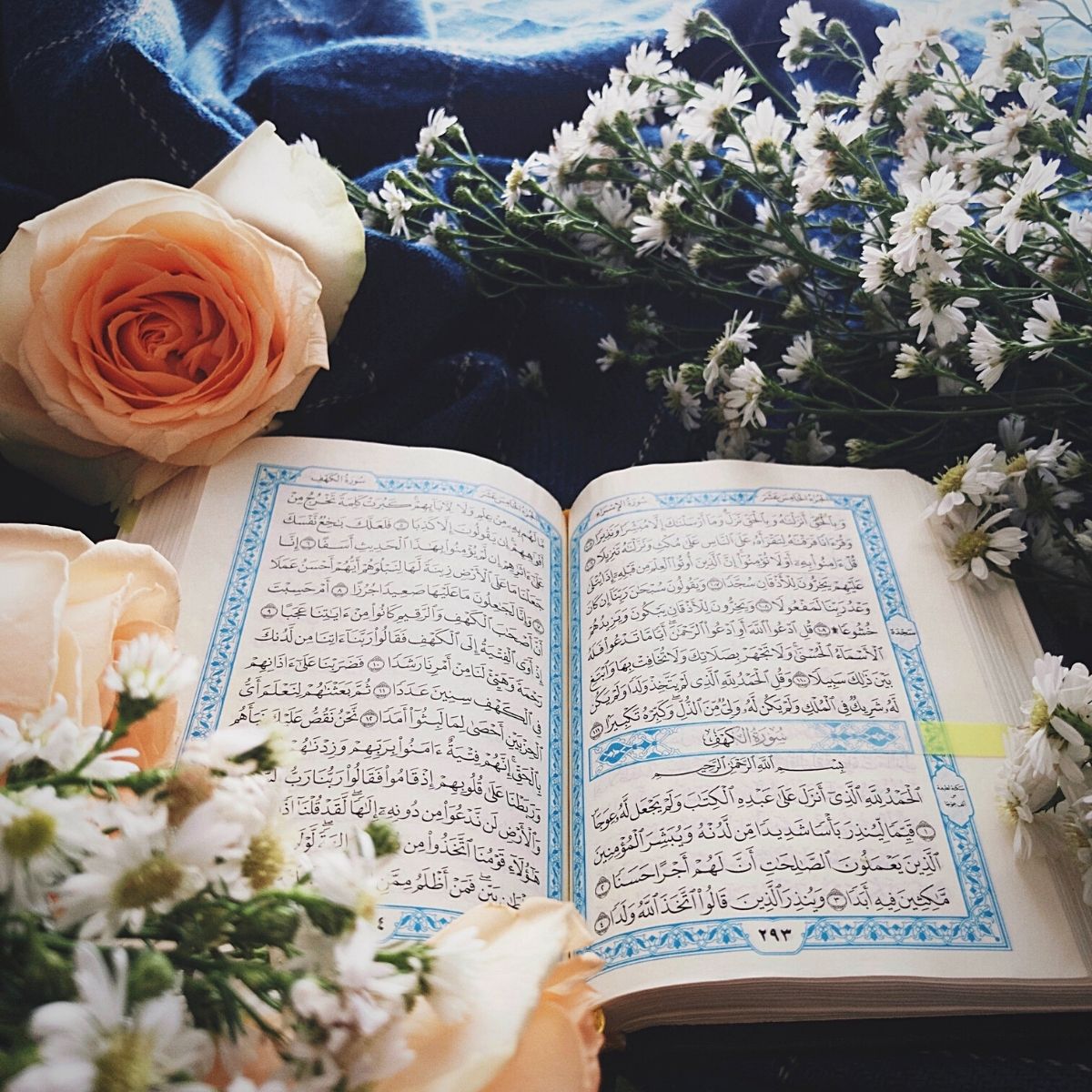
Photo by The Dancing Rain
The Significance of Flowers in the Times the Quran Was Written
Flowers have held profound symbolism throughout history, representing beauty, life, and spiritual connections. When we delve into the time when the Quran was written, we discover a fascinating tapestry of floral significance that shaped the cultural and spiritual landscape of the Arabian Peninsula. Flowers played a vital role in the lives of the people of that era, not only in their daily lives but also in their understanding of the divine. From the fragrant jasmine to the resplendent rose, these blossoms carried rich symbolism, reflecting the values, beliefs, and aspirations of the early Muslim community.
The Quran, the sacred text of Islam, contains references to nature, including flowers, as a means of conveying spiritual truths. One notable flower mentioned in the Quran is the lotus, known as "sudra" in Arabic. The lotus symbolized purity and grace and is referenced in the Quran to illustrate the beauty of Allah's creation. The lotus is described as a flower that blooms in paradise, representing the divine beauty and tranquility that awaits righteous believers. Its presence in the Quran serves to remind Muslims of the eternal rewards and blessings that await those who strive for righteousness.
Beyond the textual references, the significance of flowers in the time when the Quran was written can also be seen in the cultural practices of the Arabian Peninsula. Flowers were used in various ceremonies and celebrations, adding a touch of beauty and elegance to these events. Fragrant flowers such as roses, jasmine, and saffron were particularly treasured and utilized for their delightful scents. Moreover, these blooms were also incorporated into perfumes, oils, and natural remedies, illustrating the practical uses of flowers in daily life. The presence of flowers in both the religious and secular realms during that era highlights their deep-rooted significance and their ability to connect people with nature and the divine.
The blooms mentioned in the Quran paint a vivid picture of spirituality, hope, and renewal. (The Quran isn't the only holy book that refers to flowers for symbolism. Also in the Bible, you find flower symbolism).
Here there are some of the key flowering blooms mentioned in the Quran:
The Majestic Rose Embodies Beauty and Grace
Roses, the epitome of beauty and grace, hold a special place in the Quran. They symbolize divine perfection and the overwhelming beauty of God's creation. The presence of the rose in the verses serves as a reminder of the blossoming love, spirituality, and purity of the heart.
Embrace the allure of the rose, for it embodies the splendor of creation and the exquisite beauty that surrounds us.
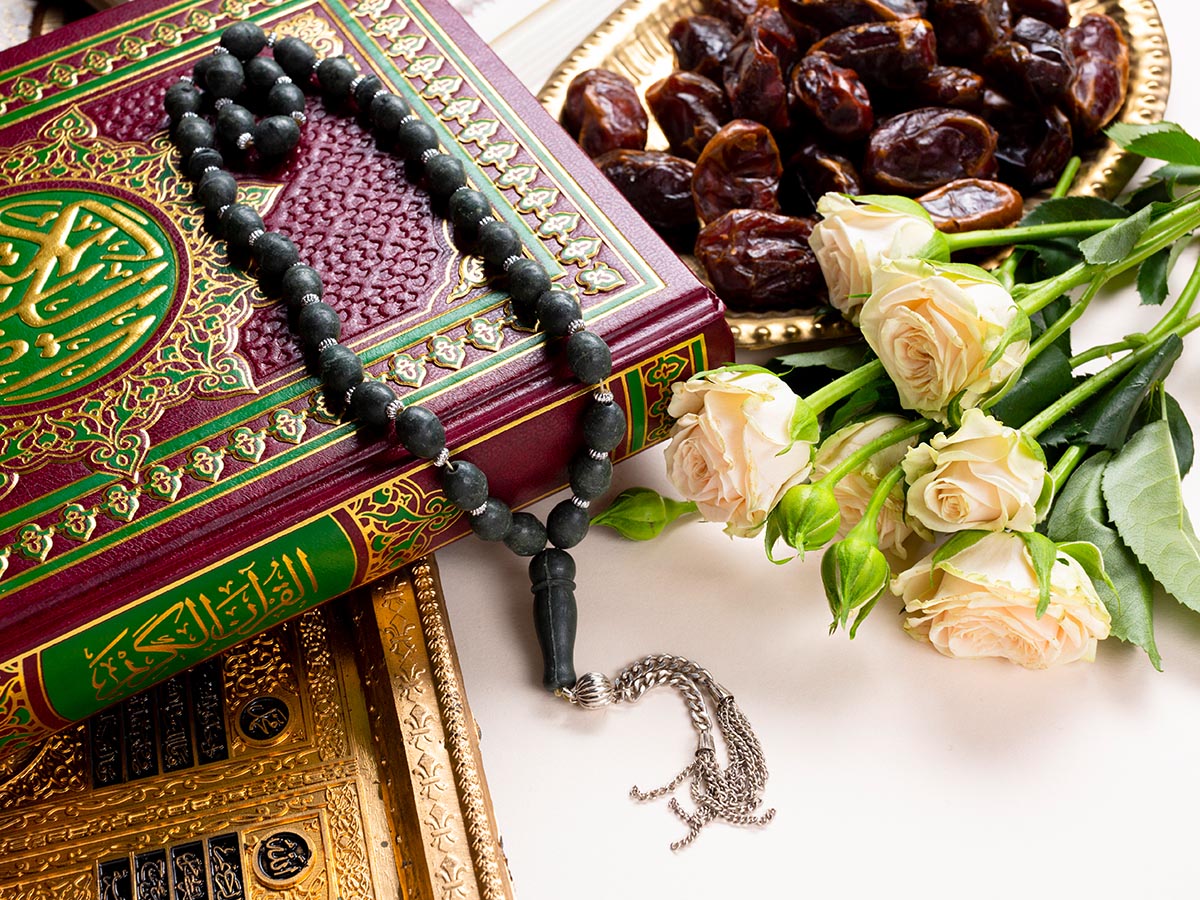
The Radiant Lily Is a Reflection of Divine Splendor
Lilies, with their radiant petals and elegant stature, hold great significance in the Quran. They symbolize purity, fertility, and elegance, reflecting the divine splendor that permeates creation.
As we behold the lily, we are reminded to seek spiritual purity and to embrace the inherent beauty that surrounds us, for it is in this embrace that we find solace and spiritual enlightenment.
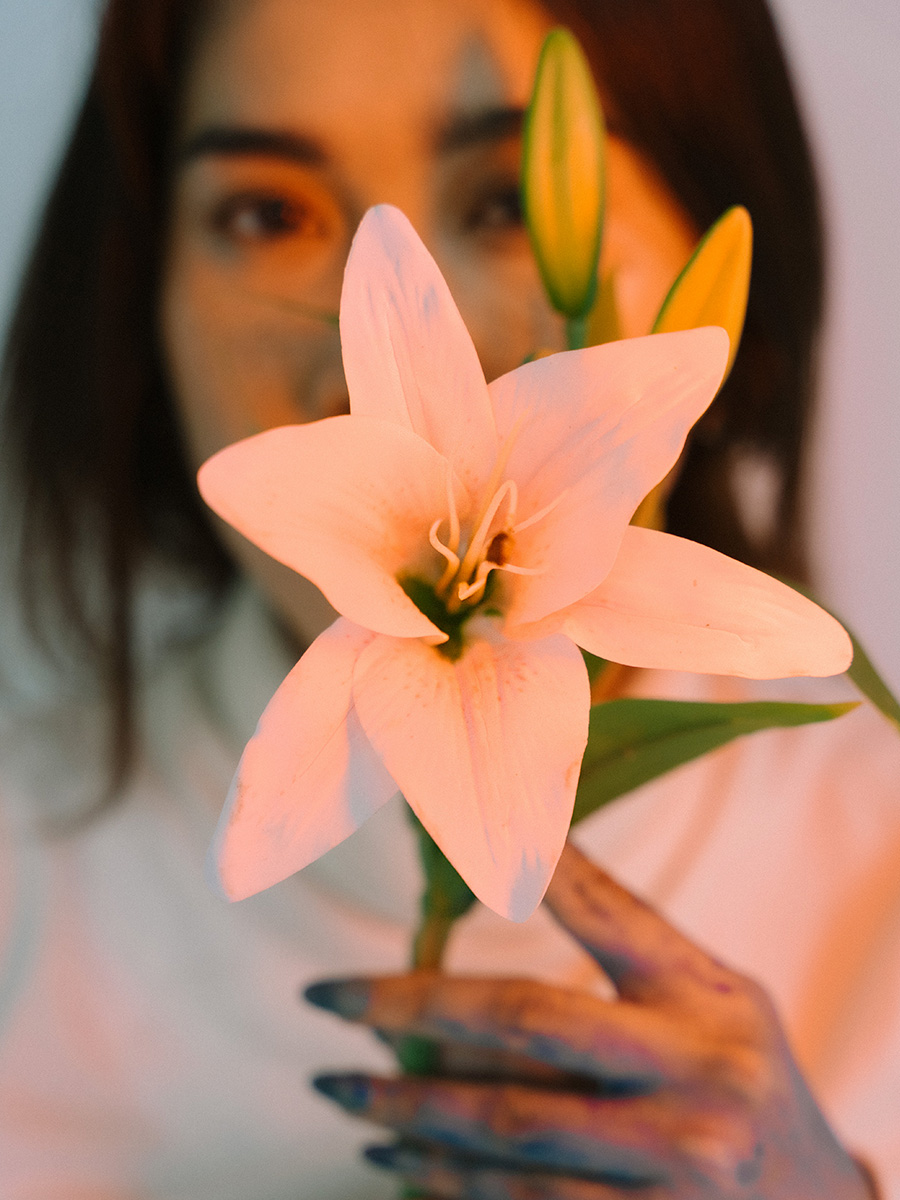
The Lotus Defines a Journey of Spiritual Awakening
The lotus, known for its resilience and ability to bloom in muddy waters, carries profound symbolism in the Quran. It represents the journey of the soul, rising above worldly challenges and finding enlightenment.
Just as the lotus emerges from murky depths, we too can transcend difficulties and achieve spiritual awakening. The lotus inspires us to embrace purity, enlightenment, and the triumph of the human spirit.

Photo by Froeschle.
The Fragrant Camphire Signifies Transformation and Renewal
Camphire, also known as henna, is a flowering plant that symbolizes transformation and change. It reminds us of the journey of self-discovery and personal growth. As the henna leaves dye on the skin, the camphire encourages us to embrace transformation and renewal of the inner self.
Therefore, let the fragrance of Camphire guide you on a path of self-transformation and inspire you to blossom into the best version of yourself.
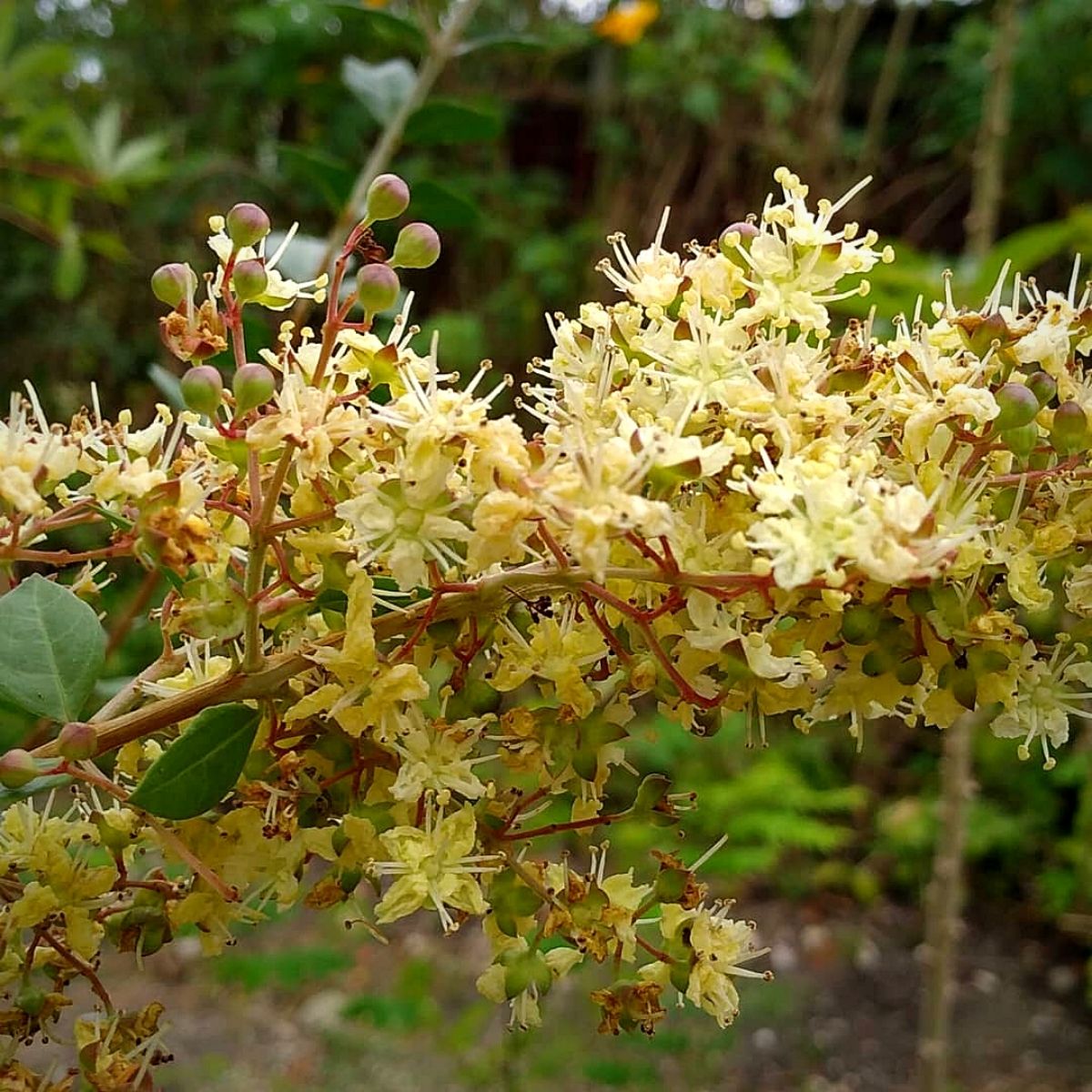
Photo by @creativegardenr.
The Serene Olive Is a Tree of Blessings and Peace
Olive trees, deeply rooted in symbolism, hold great significance in the Quran. They symbolize peace, abundance, and divine blessings. Repeatedly mentioned, olives represent the connection between humans and the divine.
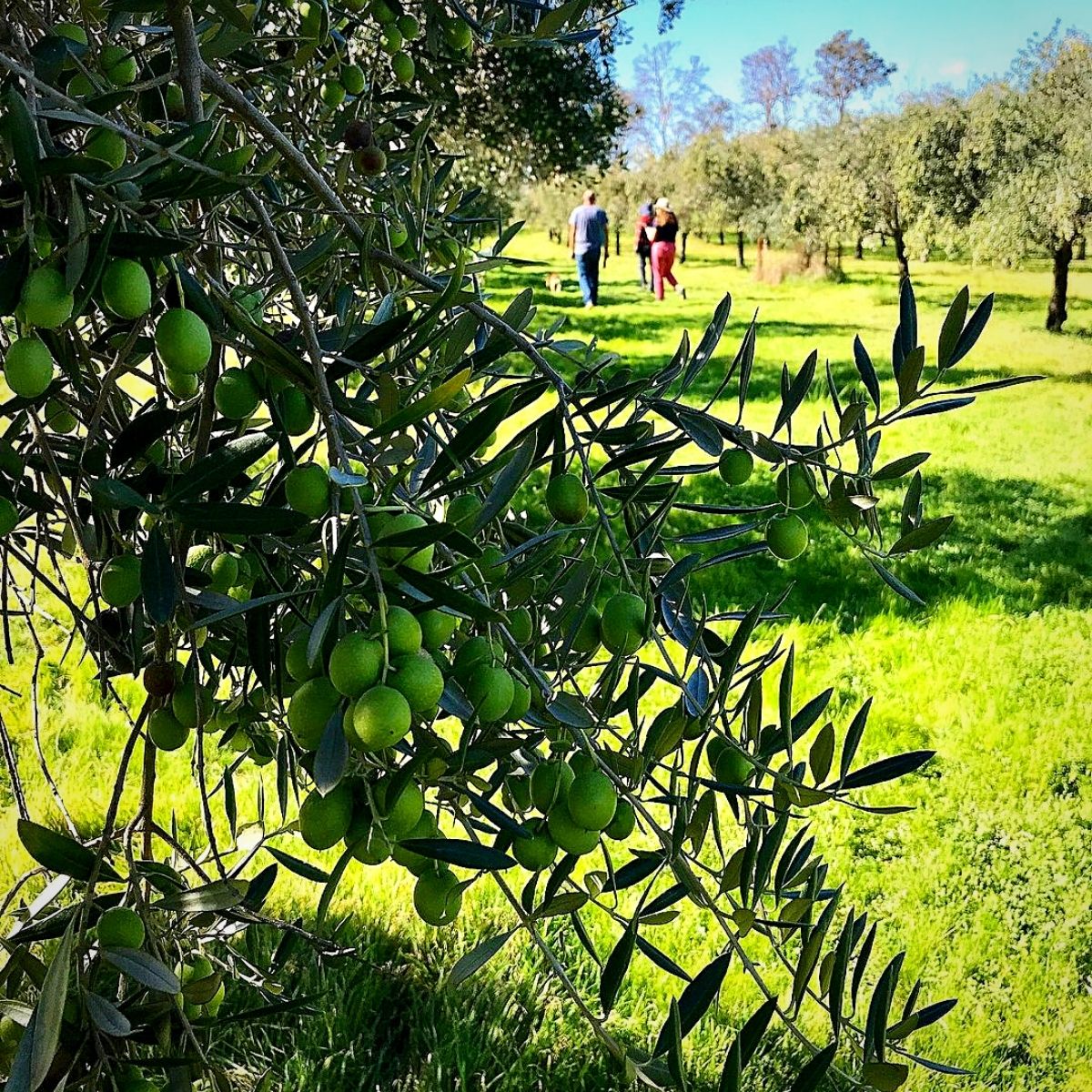
Photo by @lifesmagicaccordingtocath_.
Their fruit and oil have been revered for their nourishing properties, both physically and spiritually. As we reflect on the olive tree, we are reminded of the abundant blessings bestowed upon us and the importance of cultivating inner peace.
The Elegant Palm Is a Symbol of Resilience and Victory
The palm tree, with its tall and elegant stature, represents resilience and victory in the Quran. Known for its ability to withstand harsh conditions, the palm embodies endurance, triumph over adversity, and a source of sustenance.
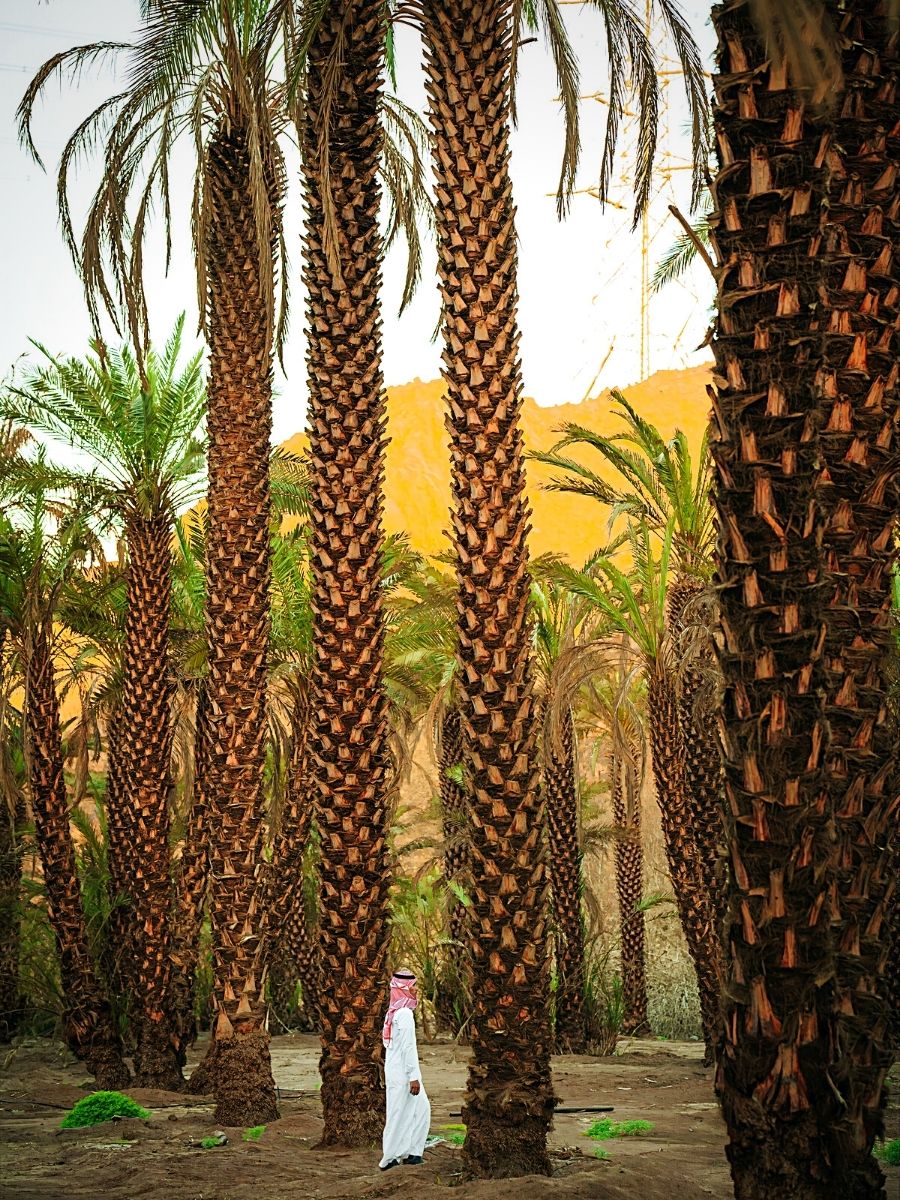
Photo by NEOM.
As we admire the palm, we are reminded to persevere in the face of challenges and to trust in the abundant blessings that await us. Like the palm tree, we can stand tall and find solace in the victory that lies within.
The Quran portrays the palm as a symbol of hope and a reminder of our Creator’s bountiful blessings.
The Beautiful Narcissus Mirrors Inner Beauty
The narcissus, also known as the daffodil, serves as a mirror of inner beauty in the Quran. It symbolizes self-reflection and the beauty that resides within. Just as the radiant petals of the narcissus mirror its enchanting allure, it reminds us to reflect upon our own inner beauty and strive for spiritual growth.
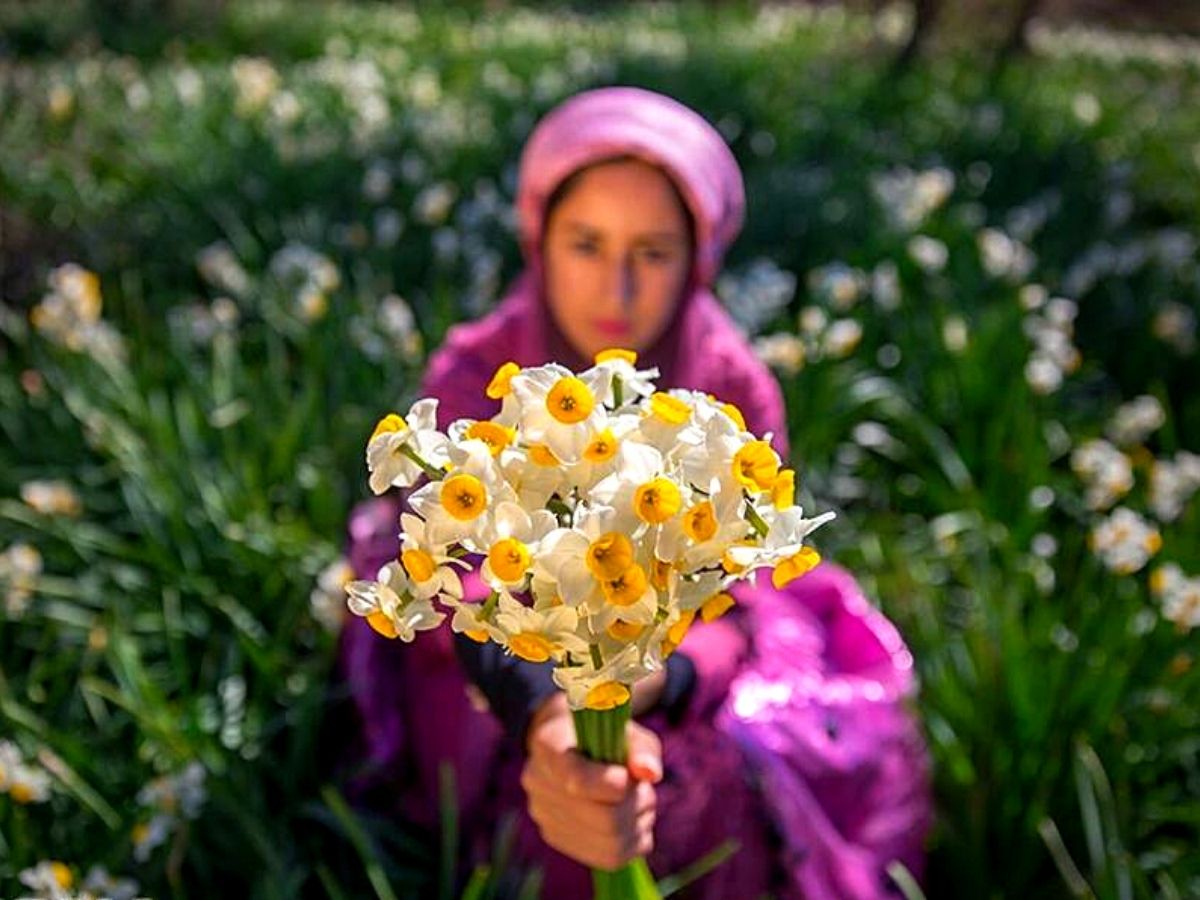
Photo by Explore the beauty of Iran.
Mentioned in the Quran, it serves as a reminder to look inward, cultivate virtues, and strive for spiritual growth. The radiant and delicate petals of the narcissus mirror the beauty that lies within every individual. You can, therefore, embrace the beauty within and let it shine brightly, just like the captivating narcissus.
The Vibrant Tulip Is an Emblem of Abundance and Gratitude
Tulips, with their vibrant colors and exquisite shapes, hold deep symbolic meaning in the Quran. They are a representation of abundance and gratitude.
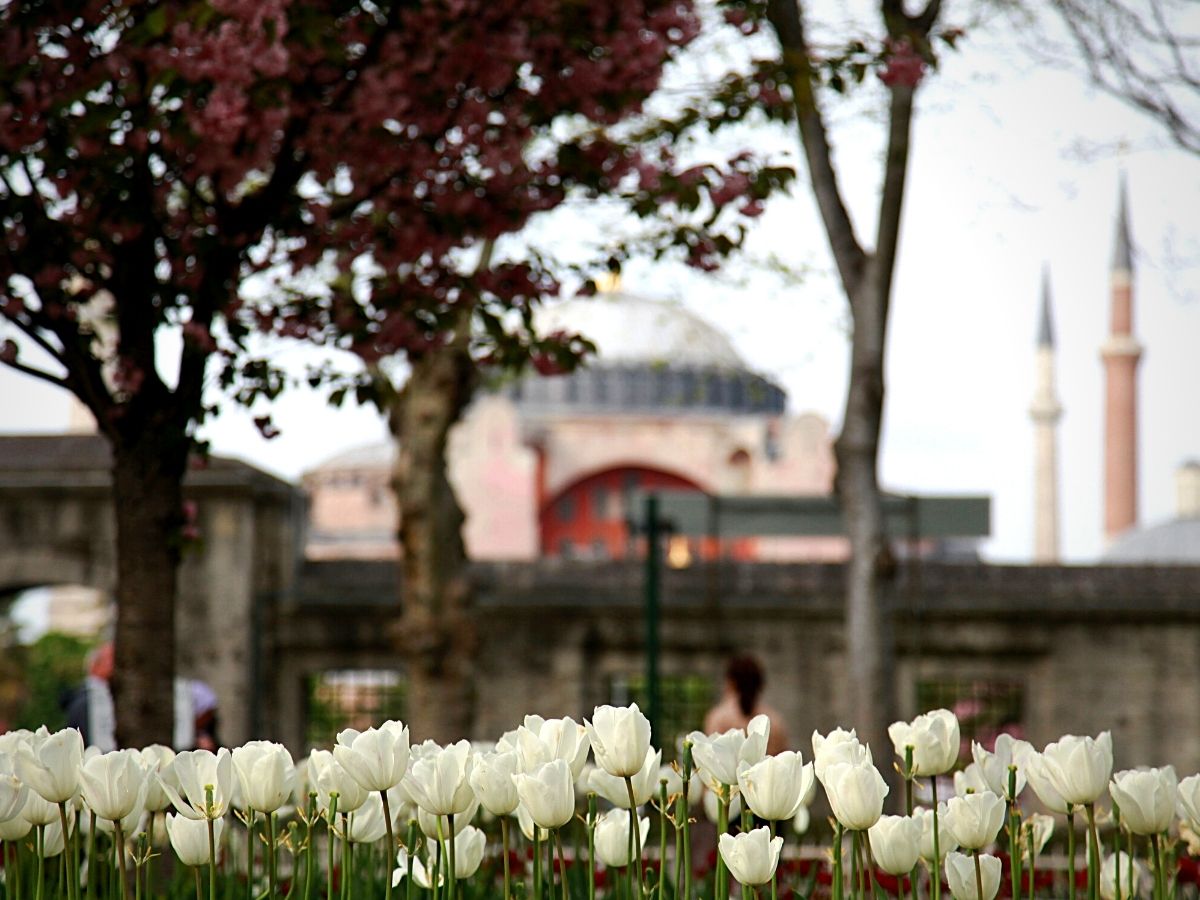
Photo by emre ergen.
Metaphorically mentioned in the Quran, tulips remind us to appreciate the richness of life and express gratitude for the blessings bestowed upon us. As we gaze upon the tulip's beauty, let us be reminded of the bountiful blessings that surround us and the importance of cultivating a grateful heart.
The Enchanting Marjoram Is a Fragrant Reminder of Blessings
Marjoram, or Origanum Majorana, an enchanting flowering herb, is mentioned in the Quran as a reminder of blessings and the essence of gratitude. Its delicate aroma invites us to appreciate the simple joys in life and be grateful for the blessings that often go unnoticed.
Essentially, the mention of marjoram reminds us to appreciate the simple joys in life and to be grateful for the blessings we often overlook. It encourages us to savor the fragrant moments that fill our days.
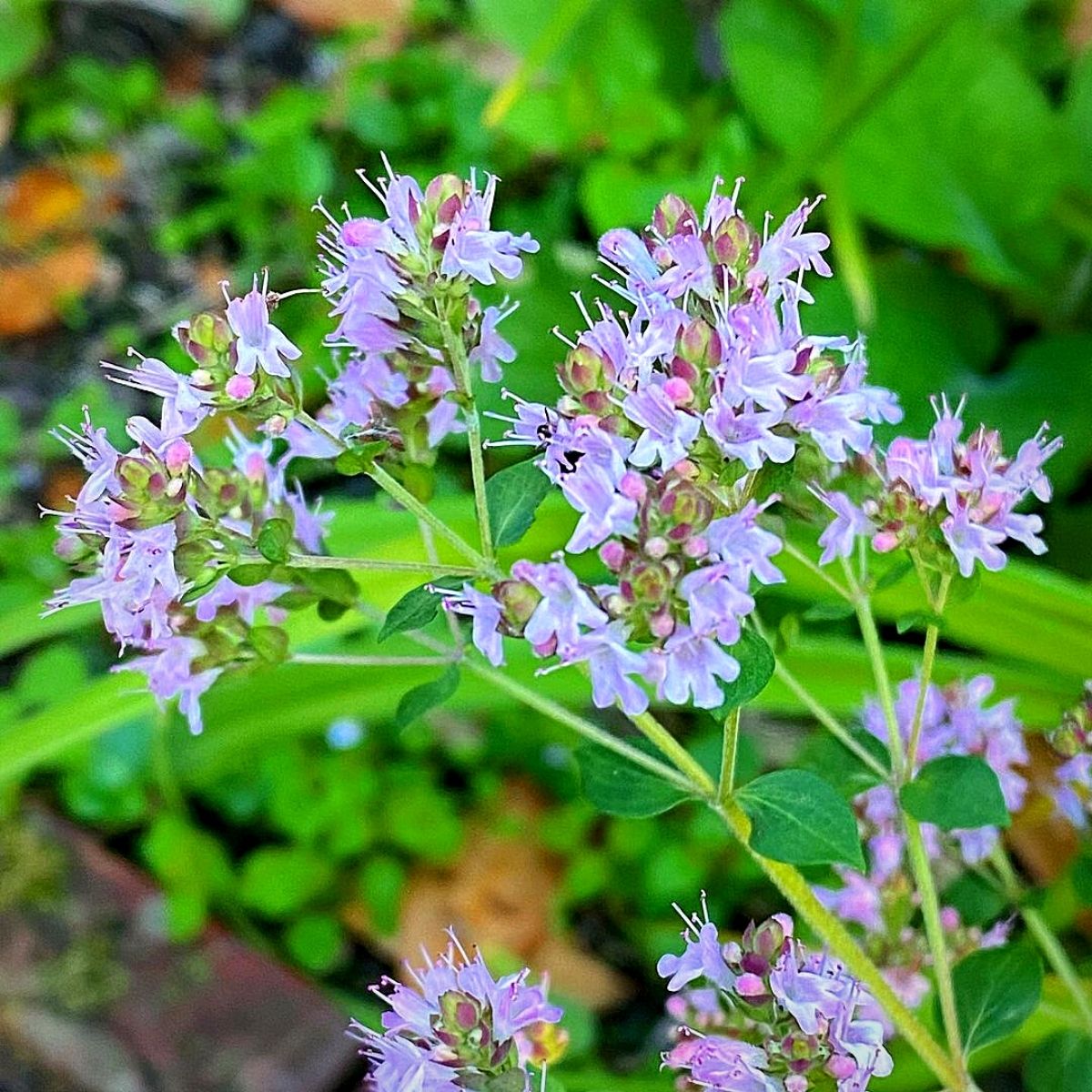
Photo by @rickeligio
Let the fragrance of marjoram awaken your senses and fill your heart with gratitude for the beauty that surrounds you.
The Majestic Iris Conveys Divine Messages and Spiritual Guidance
The majestic iris, with its vibrant colors and intricate petals, symbolizes divine messages and spiritual guidance. As mentioned in the Quran, the iris represents the importance of paying attention to signs and messages from the divine.
It encourages us to be receptive to the guidance and wisdom that surrounds us, guiding us on our spiritual path.
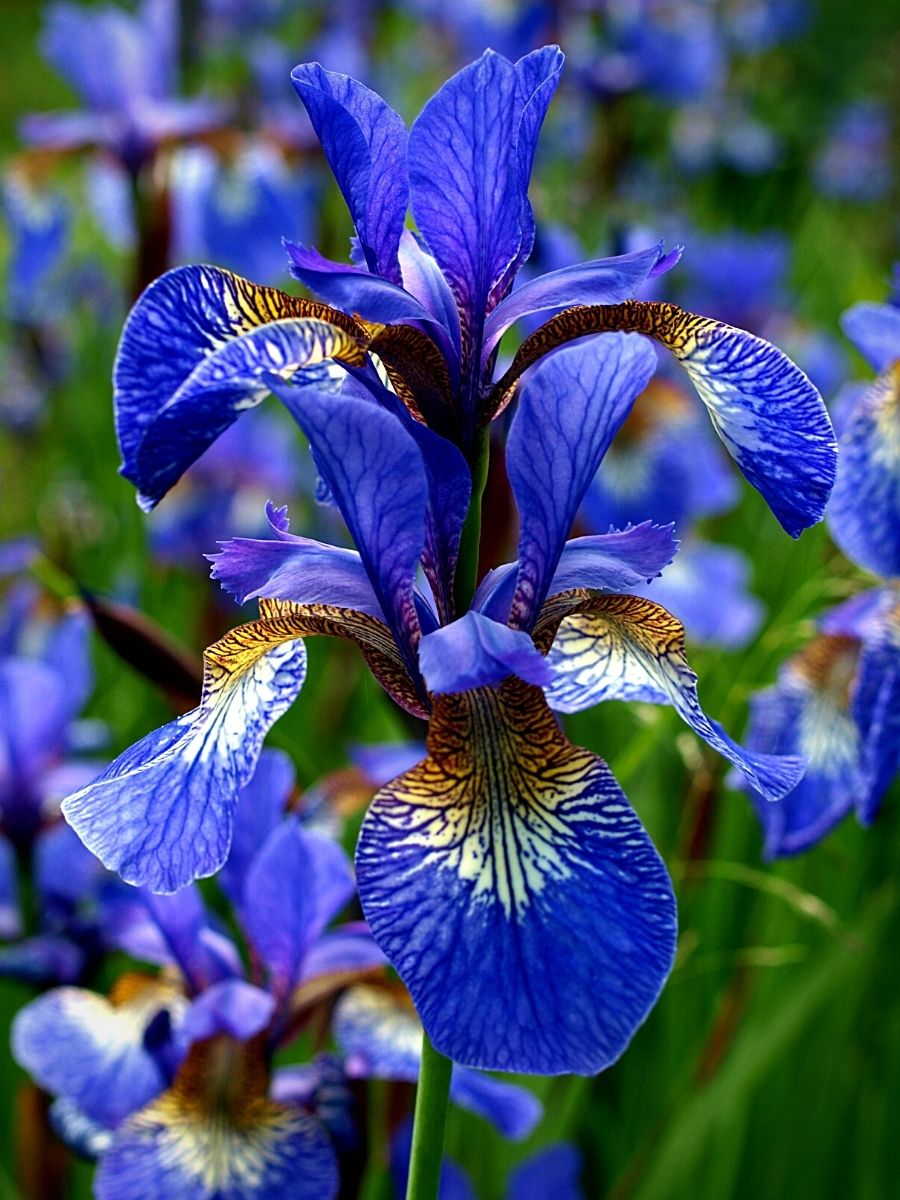
Photo by artyangel
As we admire the iris, let us open our hearts and minds to the guidance and wisdom that surrounds us, for it is through these divine messages that we find solace and direction on our spiritual path.
A Garden of Extraordinary Flowers With Significant Symbolic Meanings
Within the poetic verses of the Quran, a garden of extraordinary flowers blooms, each holding a significant symbolic meaning. These flowers invite us to explore the deeper connections between nature, spirituality, and our own inner journey. These blossoming treasures serve as metaphors for spirituality, resilience, beauty, and gratitude.
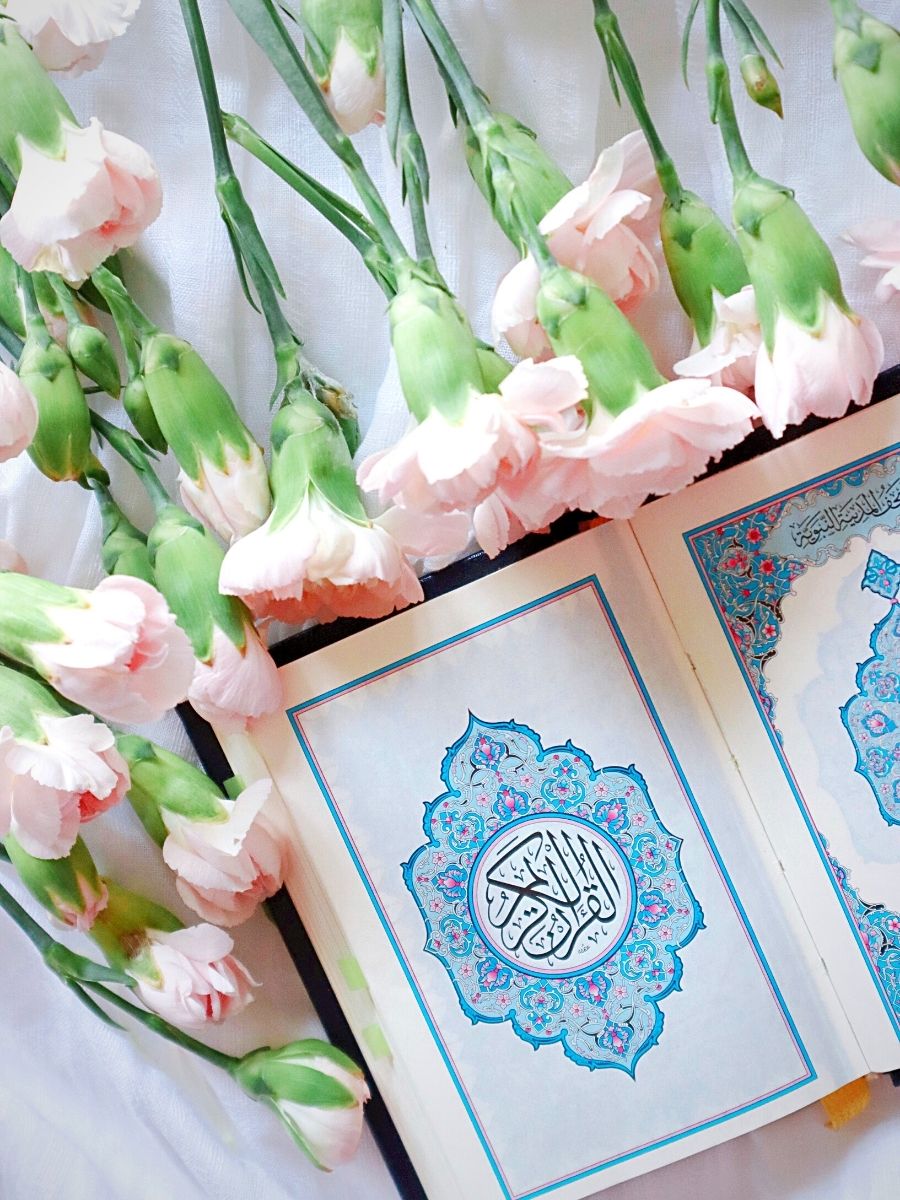
As we immerse ourselves in the enchanting world of these ten flowers, let us be inspired to embrace beauty, seek spiritual enlightenment, and nurture gratitude within our hearts.
Because exploring the rich symbolism of these flowers opens our hearts and minds to the deeper meanings embedded in nature.
Featured image by The Dancing Rain, header image by Imenbonoise.

